Breaking The Stigma of Suicide
September 10th, 2021 is World Suicide Prevention Day (click here to read more about this day
from the International Association for Suicide Prevention and how they promote awareness worldwide).
Sadly, suicide is already a leading cause of death in the US. This is of grave concern, prompting
the National Institute of Mental Health (NIMH) to publish a recent article entitled “The dual
pandemic of suicide and COVID-19” (click here for the full article from the NIMH). The NIMH
emphasizes that suicide can be treated and is preventable, with early detection and evidenced
based treatment. We, at PCH, want to increase awareness year around and specifically place
emphasis during the month of September with September 10, 2021 being reserved for World
Suicide Prevention Day. As we navigate through the pandemic and the uncertainty of the current
times, it is more important than ever that we work together as a community to educate each other
on suicide, the prevention of suicide, and work to break the stigma associated with mental health
and suicide. We can make a difference by working together to break the stigma.
Why are suicide stigmas so damaging?
The stigma prevents a healthy recovery and keeps judgment within the individual and
their loved ones.The stigma can have a negative impact on treatment outcomes and illicit an increase in
feelings of shame.The stigma negatively impacts the perception of self and others and can lead to others
casting judgment on the individual and/or loved ones
While there are many ways to begin to break the stigma, I challenge each of you reading this to
engage in discussions with individuals both with and without mental health problems to help
educate and break this stigma so those that are suffer can receive the treatment that they need
without judgment. This discussion will help reduce judgment, increase willingness to seek help,
and model behaviors associated with anti-stigma engagement.
